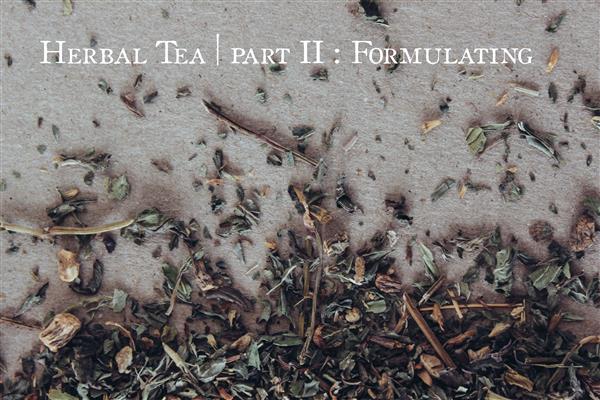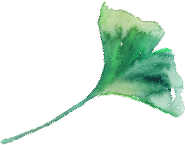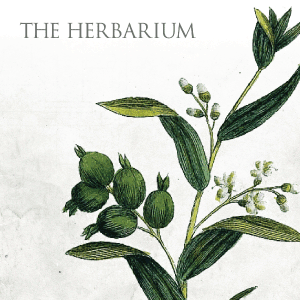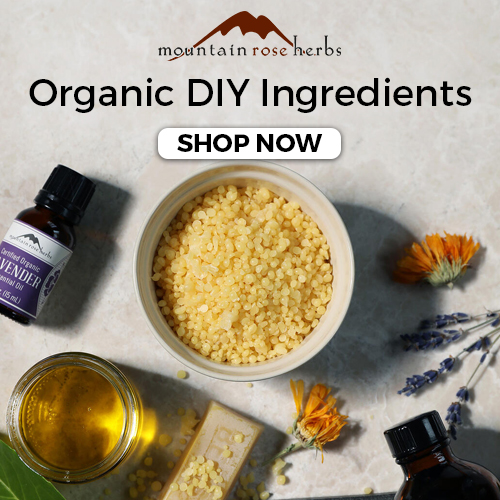
Before we get all caught up in the nitty gritty details that is formulating herbal teas, take a peek back at my previous post about the Ritual of Herbal Tea (to get you in the mood). This post is designed for the super nerdy herbal enthusiast who wants to take their tea blending a step past their “shot in the dark” kitchen formulations and get a little bit more targeted with their teas. Now there’s a lot to be said for those wild and weedy concoctions from your backyard doing a lot of good for the common ailments and I’ll always have a special place in my heart for those summer time foraging tea parties. And when it comes to the more clinical applications of herbal teas, we can get super specific and pretty darn effective when we know how to blend herbs to maximize their therapeutic potential.
When I’m putting together a specialized blend for someone, I’ve usually spent at least an hour with them (or know them pretty well already) so I have a sense of who they are and what their constitution is. Determining which dosha is currently dominant will greatly enhance the formulation. It’s important for me to not only formulate for their primary health concerns, but to match the herbs with that person (herbal allies). As I’ve heard my teachers say, “There is no herb for arthritis. But there are great herbs for your Aunt who has arthritis“. Get to know the person you’re formulating for, how they think, how they speak, what emotions are underlying, and of course what’s going on physiologically/what might be a little imbalanced. “It’s more important to know the person who has a disease than what disease a person has”. -Hippocrates
I’m going to primarily focus on tea blending, but the same guidelines hold true for tinctures and powder formulations too.
Herbal Tea Formulating:
1. Monarch – Principle acting herb. Targets energetic ailment and also primary health concern (ex. Anti-inflammatory, carminative, demulcent, astringent, nevine etc).
2. Minister – Strengthens the curative effect of the monarch (secondary acting herb).
3. Adjuvant – Neutralizes adverse effects of the monarch + minister (balancing the energetics of the formula here. If the first two herbs are warm/hot, add a cooling herb to balance).
4. Guide – Harmonizes the action of other herbs. Enhances absorption or uptake into specific organs. Synergist to tie the other herbs together.
There are different schools of thought as to how many herbs should be in a formula. Chinese and Ayurvedic formulas can have upwards of 20+ herbs, western formulas may have 3-7. I usually use between 3-6. I find that when I go beyond 6 or 7 the formula/my train of thought is too convoluted and not targeted enough. Try to focus on 1 (occasionally 2) main areas of focus, like calming their digestion (with anti-spasmodic herbs, cooling carminitves) and supporting their stress response (with calming adaptogens and adrenal supporting herbs). Then, take note of the energetic of your formula – are they cold/cooling herbs? Balance it out with a hint of heat like holy basil or ginger. Using the Guide I think comes into play once you get to know herbs well – you’ll get a sense of what herbs play well together and which ones just don’t jive. If you’ve got a formula with a bunch of misfit herbs, try adding a “guide’ or synergist like licorice to unite them all together.
Finally, there’s the enjoyment factor. Whatever you put together, ideally you’ll want to enjoy it while drinking. Medicinal herbs aren’t really known for their delicious taste (with a few exceptions) and some can be just plain disgusting. Too bitter, too astringent, too “earthy”, too aromatic…everyone has their own tastes. Once you blend a bunch of herbs together it’s good to know what the dominant flavor will be. For example, if it’s bitter, add a little sweetness to it like lavender. Or if it’s too ‘earthy”, add a little aromatic action with peppermint.
So, in a nutshell, that’s the basic framework of 90% of my formulations. Herbs are SO much fun to play with and experiment with when formulating. If you’re just getting started and want to learn the basics about the actions of herbs or their energetics, check out some of my favorite resources like Rosemary Gladstar, James Duke, Henriettes Herbal and Banyan Botanicals. Take a stroll through your local health food store and pick up a few boxes of herbal tea. Check out their formulas and start to notice patterns or commonly used herbs for specific ailments. Drink a bunch of one tea and notice how it’s effecting your body. Taking herbs yourself is the best way to get to know them. Just like people, they can be unpredictable sometimes, but ultimately can be consistent if you know your allies well.
Sip Consciously 🙂








